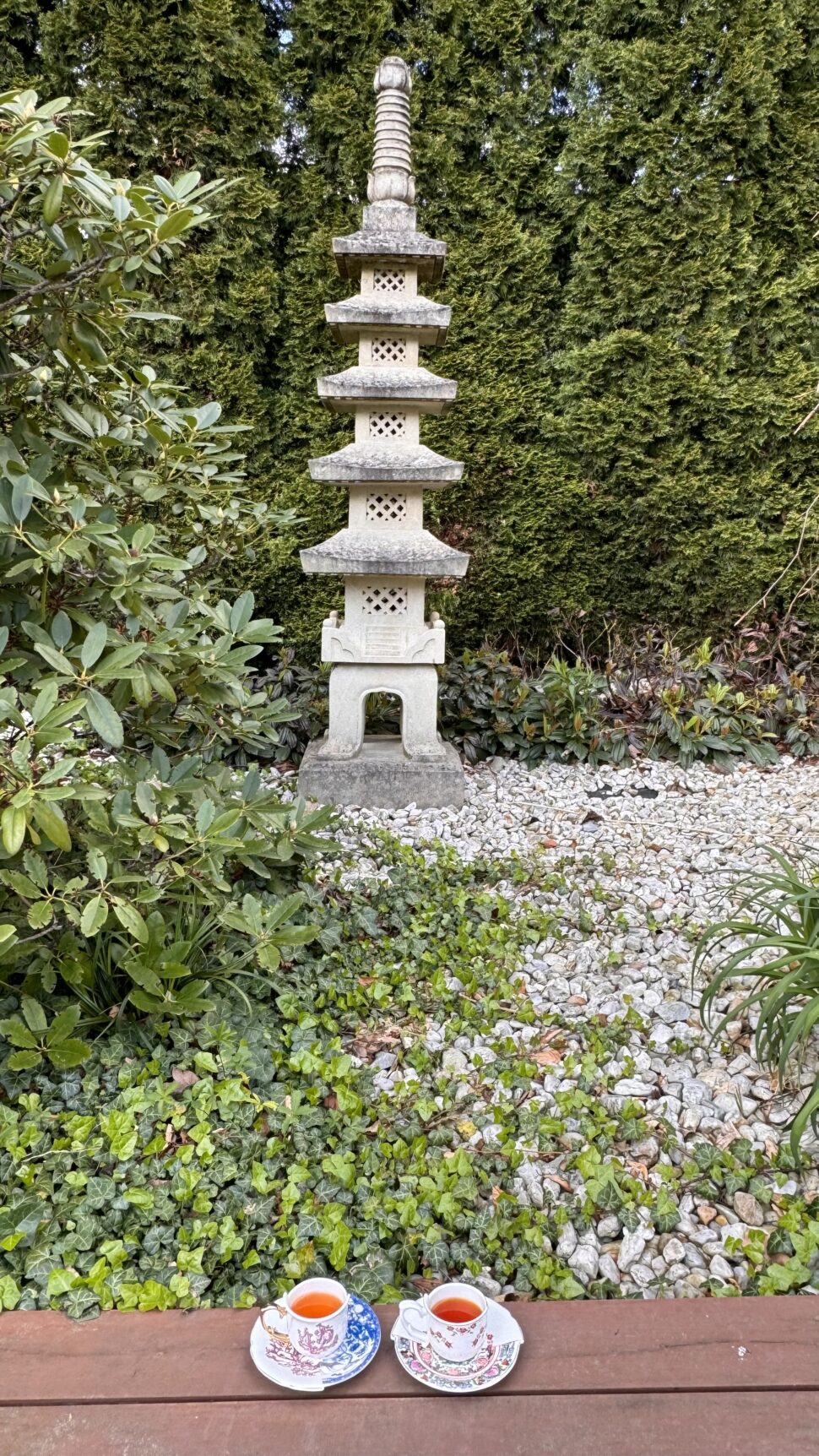lifestyle
Magic tea

Tea is a remarkable beverage, its roots dating back to the legendary Emperor Shennong in China, more than 2000 years ago. The accidental discovery of tea infusion by this “Divine Farmer” resulted not only in a specific style in Japanese construction and painting, but even influenced the birth of the United States of America, thanks to the “Boston Tea Party.” Although the influence of the golden infusion on the European culture was not so significant, over time tea drinking began to be seen in Poland as a lifestyle – not only as a way to relax, but also to build interpersonal relationships.
To dive into the mystery of tea, you do not need to delve into the extensive knowledge of Chinese or Japanese culture, although it is worth knowing the basics. Let’s stick to the principle that “tea is proficient in six arts” – this wisdom will help us develop sensitivity to poetry, art and culture, including our native culture.
In Japan, tea had a profound influence on architecture and interior decoration, leading to the creation of distinctive tea pavilions and, after the 16th century, palaces and monasteries. The tea masters influenced not only the design of gardens, ceramics, textile decoration, paintings and lacquerware, but also the lifestyle of the Japanese society. The tea ceremony has become not only an artistic event, but also a philosophy of life, shaping many aspects, such as the way food is served, the style of dress and the art of arranging flowers.
The Chinese, on the other hand, adhered to the principle of “cha tong liu yi” (meaning “tea is proficient in six arts”), and recognised tea as an integral part of culture, as important as calligraphy, music or painting. In China, painters drew inspiration from tea themes, poets extolled its virtues, and everyone recognised that drinking tea raised the culture of discussion and sharpened the intellect.
In Europe, the influence of tea began to emerge only in the 18th century, when Anne, the Duchess of Bedford, initiated the distinctive custom of having tea at five in the afternoon, the famous five o’clock tea. Although we picked up echoes of this custom, called “fajf” (from the English “five”), a little later in Poland, social gatherings over tea became a casual ritual of good tone. Today, although the custom of five o’clock tea is no longer so popular in England, in Poland tea drinking is gaining importance as a moment of relaxation and a special moment spent with other people.
To dive into the mystery of tea, you do not need to delve into the extensive knowledge of Chinese or Japanese culture, although it is worth knowing the basics. Let’s stick to the principle that “tea is proficient in six arts” – this wisdom will help us develop sensitivity to poetry, art and culture, including our native culture.
In Japan, tea had a profound influence on architecture and interior decoration, leading to the creation of distinctive tea pavilions and, after the 16th century, palaces and monasteries. The tea masters influenced not only the design of gardens, ceramics, textile decoration, paintings and lacquerware, but also the lifestyle of the Japanese society. The tea ceremony has become not only an artistic event, but also a philosophy of life, shaping many aspects, such as the way food is served, the style of dress and the art of arranging flowers.
The Chinese, on the other hand, adhered to the principle of “cha tong liu yi” (meaning “tea is proficient in six arts”), and recognised tea as an integral part of culture, as important as calligraphy, music or painting. In China, painters drew inspiration from tea themes, poets extolled its virtues, and everyone recognised that drinking tea raised the culture of discussion and sharpened the intellect.
In Europe, the influence of tea began to emerge only in the 18th century, when Anne, the Duchess of Bedford, initiated the distinctive custom of having tea at five in the afternoon, the famous five o’clock tea. Although we picked up echoes of this custom, called “fajf” (from the English “five”), a little later in Poland, social gatherings over tea became a casual ritual of good tone. Today, although the custom of five o’clock tea is no longer so popular in England, in Poland tea drinking is gaining importance as a moment of relaxation and a special moment spent with other people.


